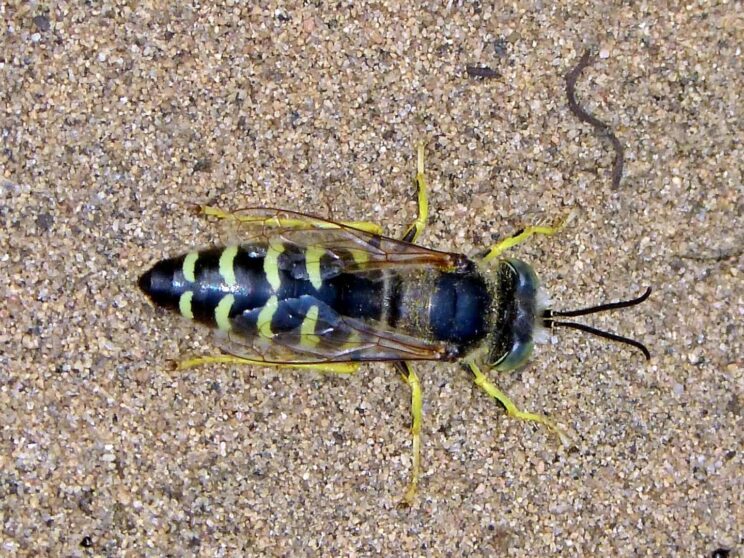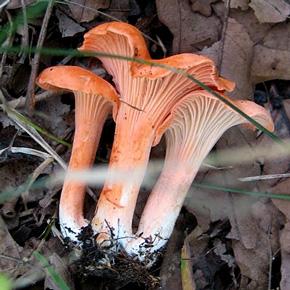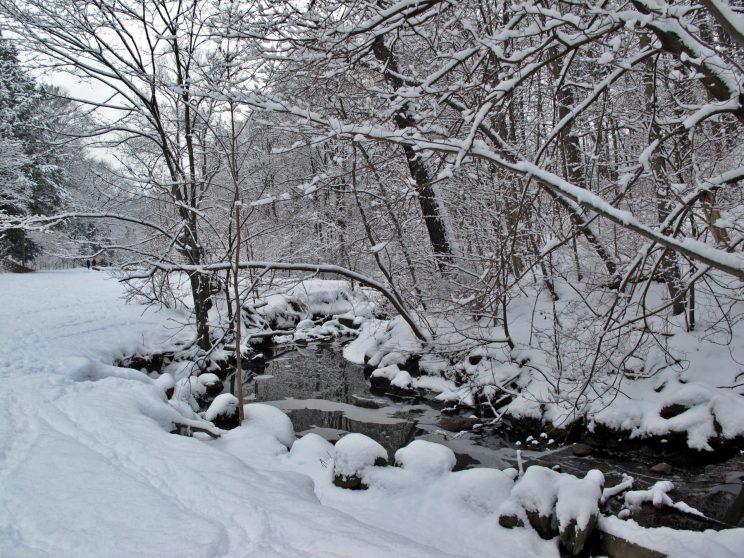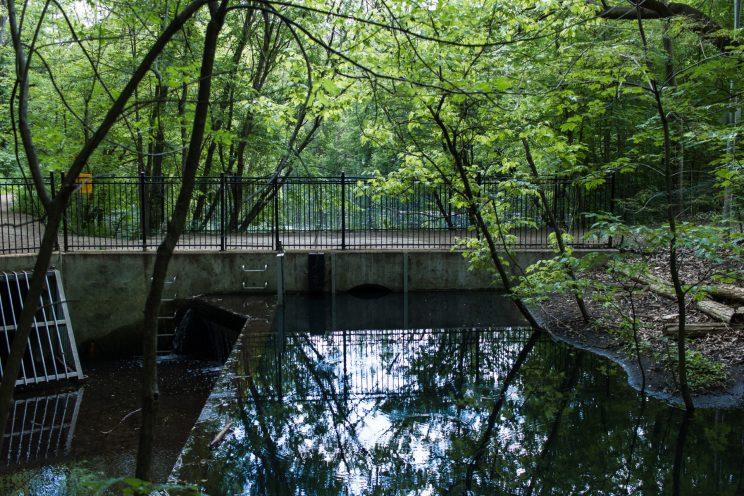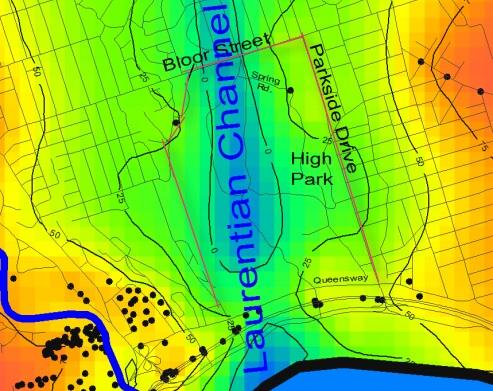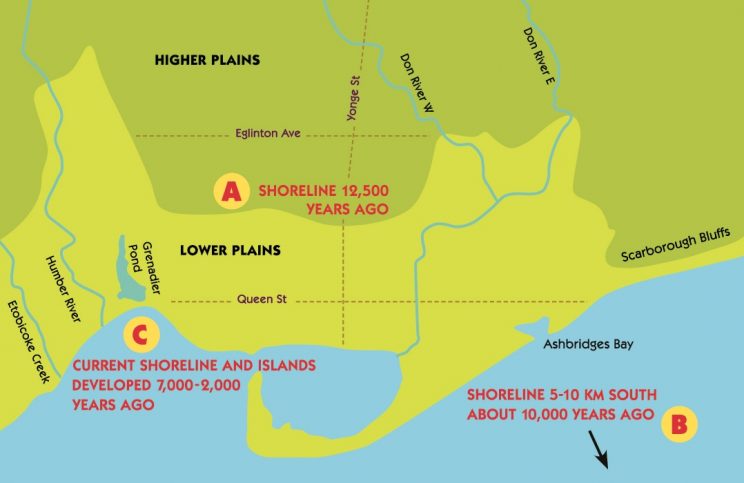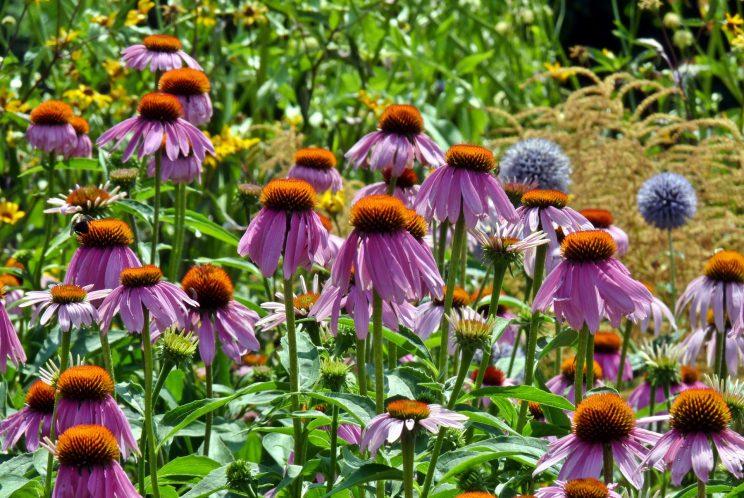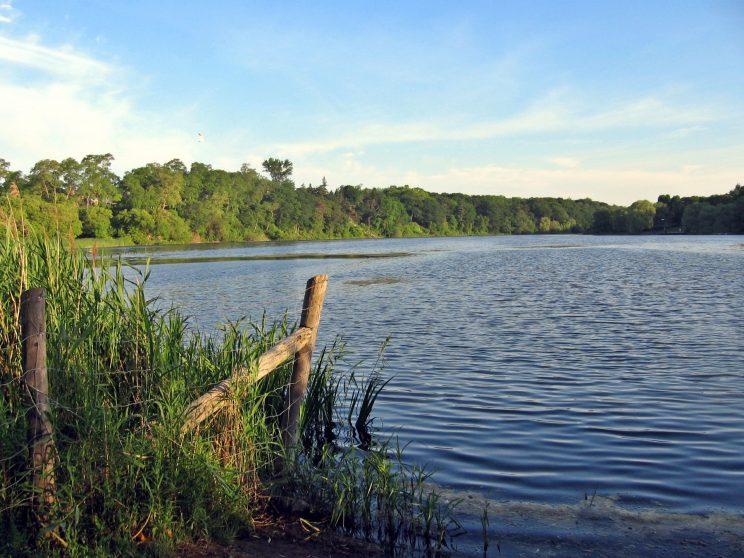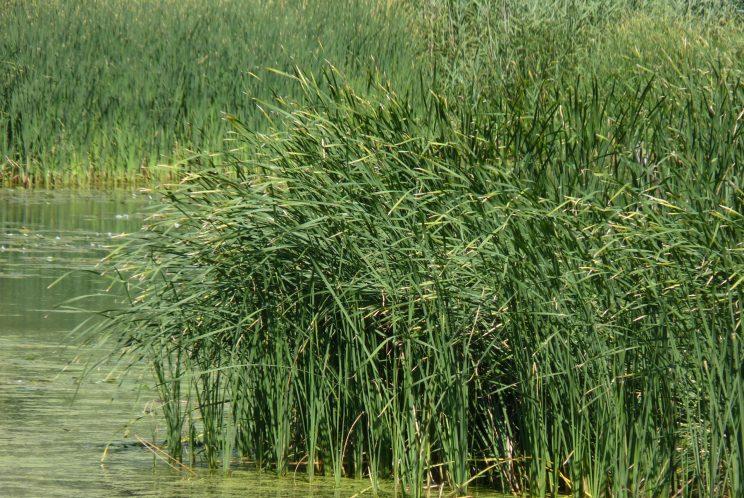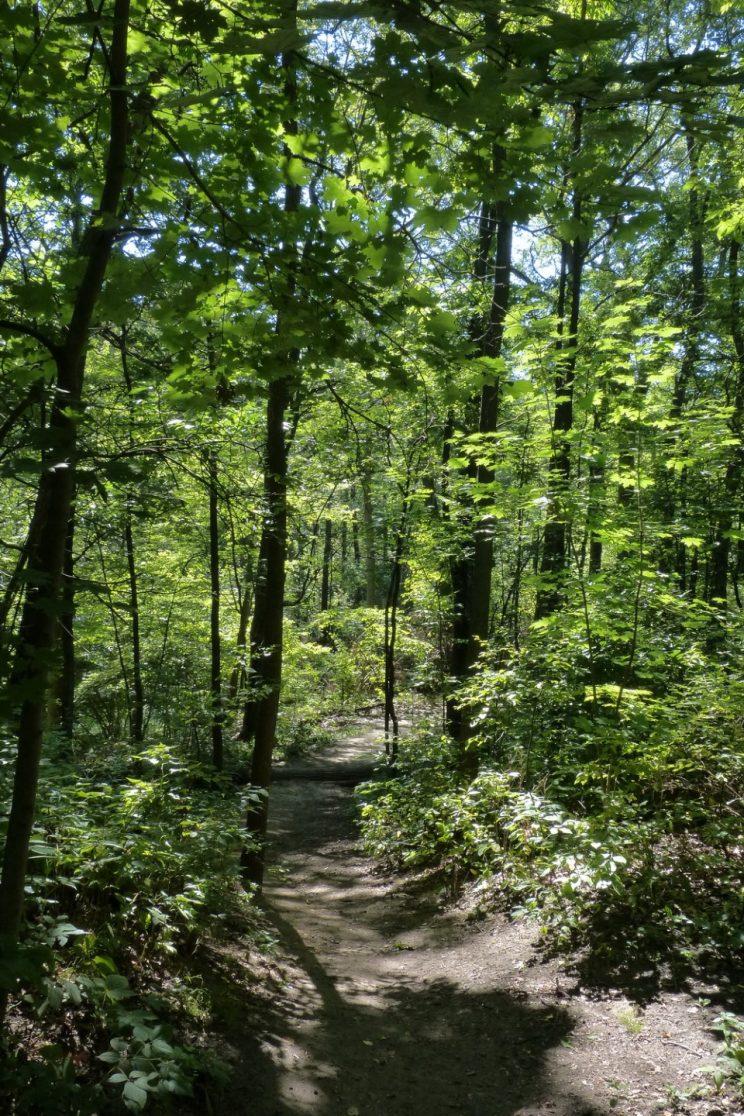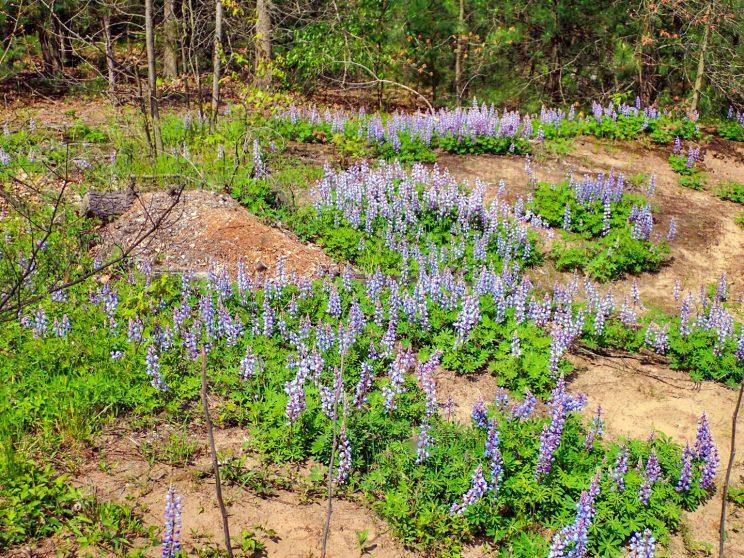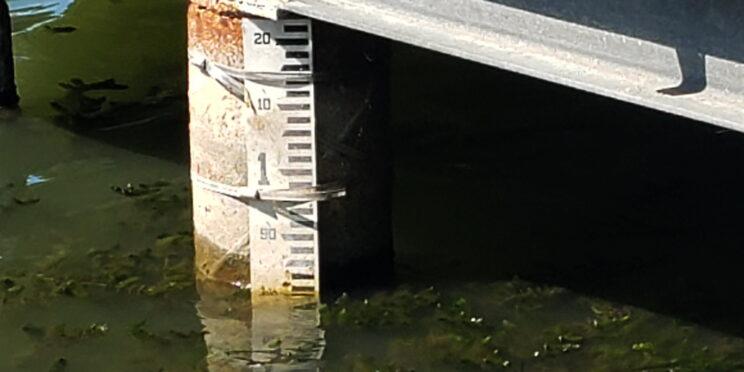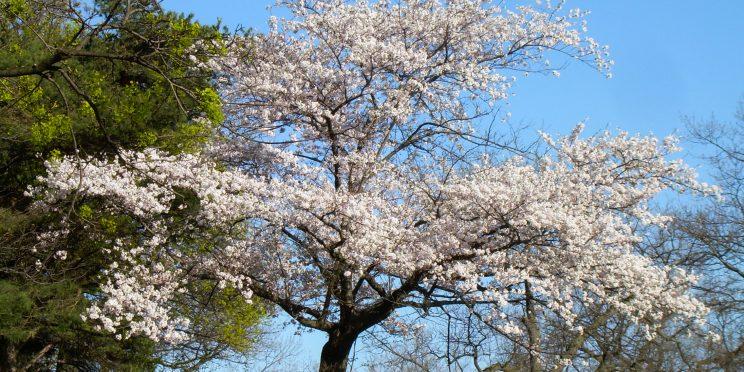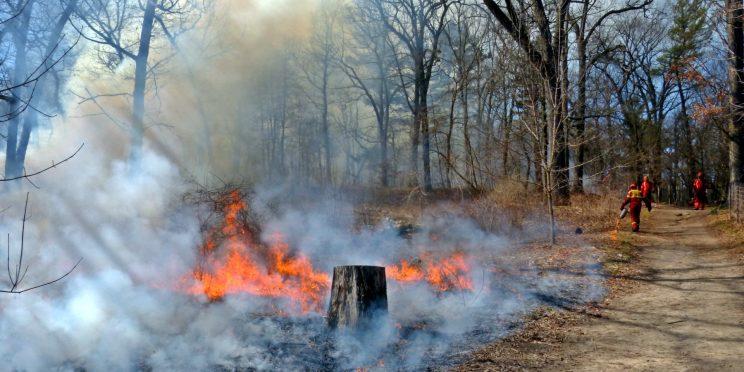Natural History of Toronto's High Park
High Park is one of the most significant natural areas in Toronto. It is especially noteworthy for its regionally rare vegetation, including the Black Oak Savannah plant community, as well as the wildlife associated with its diverse habitats.

Due to its proximity to the moderating influences of Lake Ontario and its varied landscapes – dry uplands, ravines, and moist bottomlands – High Park is home to overlapping plant communities from three different life zones:
- Carolinian forest from the south,
- tall grass prairie or savannah from the west, and
- boreal mixed forest from the north.
With its diverse habitats and location on the most significant migration route along the entire north shore of Lake Ontario, High Park is a well-used resting and foraging area for migrating birds and other wildlife.
Historically, the dry soils of the sand plain supported spectacular oak woodlands and pine barrens, another type of open, sparsely treed community. In High Park, Black Oak woodlands and moist Red Oak forests covered the rolling uplands. In contrast, ravine bottomlands contained cool mixed swamps with many northern species. Wild Lupine occurred in abundance in the barrens (I.e., areas lacking trees) and on the oak-covered hills. The barrens contained groves of Sassafras that grew in association with Dryland Blueberry and Black Huckleberry and a variety of prairie grasses and wildflowers. Grenadier Pond was a lakeshore marsh fringed by sedges, Water-willow, Pickerel Weed and Arrow-head (Varga 1989).
Much of the original habitat in High Park has been lost or degraded as a result of increasing urbanization and the construction of various recreational facilities within the Park, as well as past management practices such as the suppression of fire. It is estimated that over half of the plants documented in High Park historically have disappeared, in addition to many breeding birds, herpetofauna and savannah-related insects.
Ongoing restoration efforts are aimed reversing this trend by preserving and enhancing High Park’s remaining significant plant communities and restoring them to long-term viability.
Featured Article
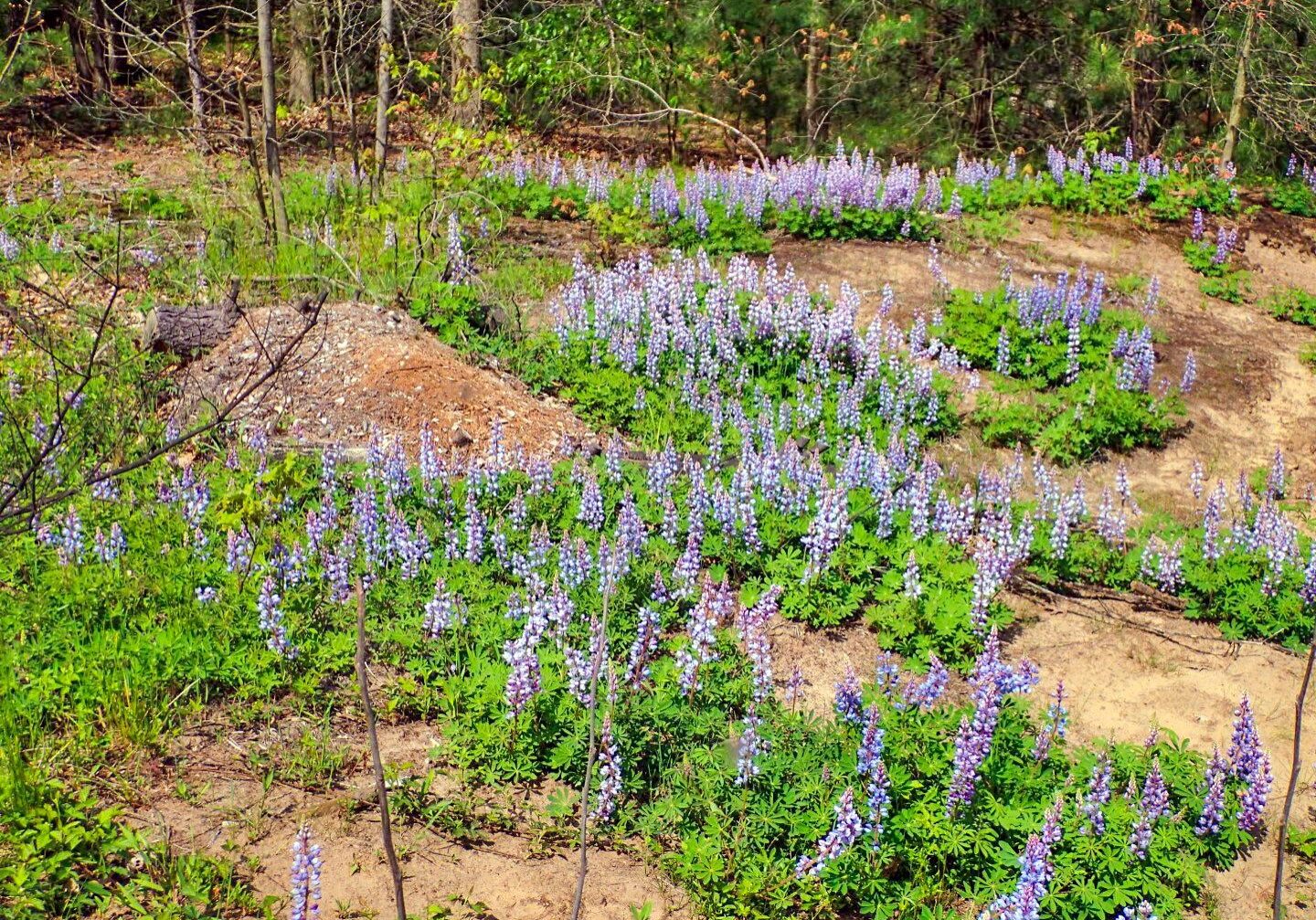
Natural History Facts about Toronto’s High Park
The natural eco-system out of which High Park was carved by the European settlers is called an oak savannah or oak woodland. A “savannah” is broadly defined as a discontinuous canopy of tree cover with a ground layer of grasses and wildflowers, and is considered to be a transition zone between prairie and the eastern deciduous forest. It is the combination of the two habitats that gives oak savannah its own unique identity. Savannah is a globally endangered vegetation community.
Habitats
In High Park, you can glimpse the variety of unique woodlands, wetlands and savannah habitats that once occurred throughout Toronto.
High Park’s vegetation is transitional between the Carolinian zone, a floristic region that reaches its northeasterly limit near Toronto, and the mixed hardwood zone, which extends north and east through central Ontario and Quebec. The Carolinian zone contains a high proportion of Canada’s endangered habitats and approximately 65% of Ontario’s rare species (Varga 1989).
Generally, the plateau and upper ravine slopes of High Park support dry oak forests and savannahs with a prairie understory. Lower ravine slopes and slopes facing north and east contain moist deciduous forests dominated by Red Oak with Black Cherry and Red Maple as secondary species. Mixed forests of Eastern Hemlock, Eastern White Pine and Red Oak are restricted along the lower slopes of Spring Road Ravine (Varga 1989).
The wetlands of Grenadier Pond and the Duck Ponds, important remnants of Toronto’s once-extensive lakeshore marshes, include extensive patches of the regionally rare sweet flag.


